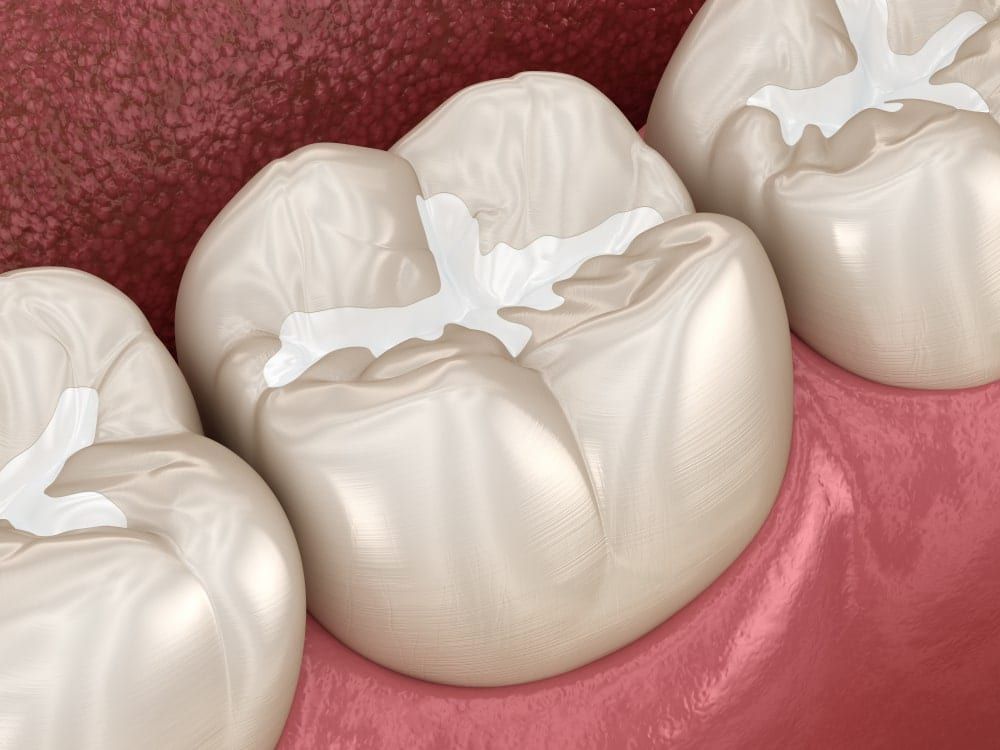How Long Do Dental Sealants Last?
Do you find yourself fighting your child every night just to brush and floss their teeth? Does it seem next to impossible to get them to take care of their teeth? Are you worried they are going to need a root canal or some other restorative dental procedure? While it can be challenging to encourage your child to brush and floss, there is something you can do to reduce the chances of them developing harmful tooth decay.

One common preventative dental treatment for kids is a dental sealant. Dental sealants are thin coatings of composite resin that are brushed onto the chewing surfaces of molars. Because molars are highly texturized and contain various pits and fissures, they are a common location for the development of dental decay in children. By applying a dental sealant to the molars, you effectively seal the tooth in order to prevent tooth decay.
Luckily, dental sealants are extremely easy to place. They are topically applied to the surface of your child’s teeth, are painless, and do not require the use of dental anesthetics or sedation. Additionally they can be placed quickly and in as little as a single dental appointment.
Once applied, dental sealants can remain on the tooth surface for up to nine years. However, the American Dental Association, as well as most dentists, recommend that a dental sealant be reapplied approximately every 2-4 years. This is because the ADA has conducted multiple research studies that find sealants are highly effective in the first two years after placement, and still decently effective during year 3 and 4. After the four-year mark, however, the rate of effectiveness of dental sealants drop significantly and will continue to drop every single year.
For this reason, your dentist will need to evaluate your child’s dental sealant every six months during their semi-annual dental check-up. Your child’s dentist will evaluate the sealant for signs of damage or wear that could indicate the need to replace a sealant. If your child’s sealant has become excessively worn or broken, it will need to be replaced to avoid a pulp infection.

To prevent your child from accidentally damaging their sealants, you will need to encourage them to avoid particular “damaging” behaviors. These can include, but are not limited to: Teeth grinding or clenching, nail biting, using their teeth to open packages, and chewing on ice, excessively hard foods, and/or toys. Additionally, you will need to stress to them that dental sealants are not a replacement for proper oral hygiene and explain that they still need to brush and floss. This establishes a routine early-on that will be much-needed later in life.
Overall, dental sealants are a highly effective and non-invasive way to reduce the risk of tooth decay and gum disease. On average, the majority of dental sealants can last for about four years before their effectiveness wears down and they should be replaced. However it is important to regularly take your child to regular dental appointments every six months so their sealant can be carefully monitored for possible damage. With dental sealants, you no longer need to worry about how well your children are brushing their teeth.






